INTRODUCTION

It's no secret that the fastest M.2 NVMe solid state drives today are the latest PCIe Gen 4 models which can produce read & write performance numbers easily surpassing 4000-4500MB/s (and in some cases touching 5000MB/s). However, with full support only by motherboards based on the latest Intel Z490 and AMD X570 chipsets (partial support is also offered by other models) it's no surprise that they still haven't taken off like their PCIe Gen 3 cousins. Even PCIe Gen 3 models however are divided into categories, so we have the entry level ones which offer performance numbers at around 1500MB/s-2000MB/s, the mid-end ones which are set at around 2000-2500MB/s and the high-end ones which surpass 2500MB/s-3000MB/s and in some cases can climb all the way to 3500MB/s. The brand new Exceria M.2 NVMe model by KIOXIA is their latest entry-level offering and today I’ll be testing the 1TB variant.
KIOXIA Europe GmbH (formerly known as Toshiba Memory Europe GmbH) is the European based subsidiary of KIOXIA Corporation, a worldwide leading supplier of Flash Memory and Solid State Drives (SSDs). Toshiba Memory is known as the Inventor of NAND flash memory in 1987 and was the first in the world to begin mass-producing it in 1991. Under its new name, KIOXIA remains a storage leader today with its BiCS FLASH 3D technology, focusing on innovation, quality and reliability. This technology is an important component in almost all electronic devices where data need to be stored. KIOXIA is leading a new era by providing advanced memory solutions to enrich people’s lives. By evolving "memory", KIOXIA creates uplifting experiences and changes the world.
The Exceria M.2 NVMe SSD (currently available in 250GB/500GB/1TB) is largely based on the RC500 model i tested earlier this year (review here) so once again under the hood we find KIOXIAs very own quad-channel NAND flash controller (fully supports TRIM, Idle Time Garbage Collection, Error Correction and Device Sleep) which they paired with the latest version of their BiCS 96-layer 3D TLC (triple-level cell) NAND flash memory and an DDR4 SDRAM module (1GB for the 1TB model, 512MB for the 500GB model and 256MB for the 250GB model). Of course, a new (more accurately updated) firmware is used with the Exceria model and that along with the updated BiCS NAND (and the pseudo SLC cache) allow it to hit read and write numbers of up to 1700MB/s and 1600MB/s respectively. Once again, an MTTF of 1.5 million hours is being reported for all three models and as for endurance numbers we have 400TBW for the 1TB model, 200TBW for the 500GB model and 100TBW for the 250GB model (the entire line is being covered with a 5 year limited warranty).
SPECIFICATIONS AND FEATURES

PACKAGING AND CONTENTS
The drive arrived inside a small black and orange box that has a partial product image at the front along with the company logo and its capacity.
A few words about the 5-year warranty are printed at the rear right next to the BiCS logo and a sticker with the products serial and part numbers (RC50001TOO) and barcodes.
Along with the Exceria M.2 NVMe SSD KIOXIA bundles a quick start guide and an paper showcasing the proper removal from the box.
THE EXCERIA 1TB
The drive follows the typical 2280 form factor (22mm wide and 80mm long) and as you can see has a small sticker at the top.
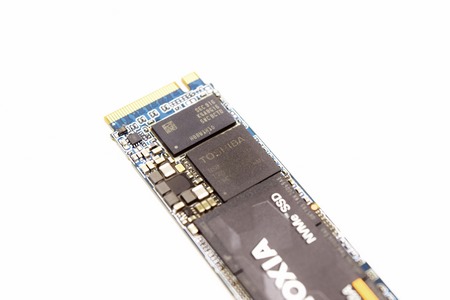
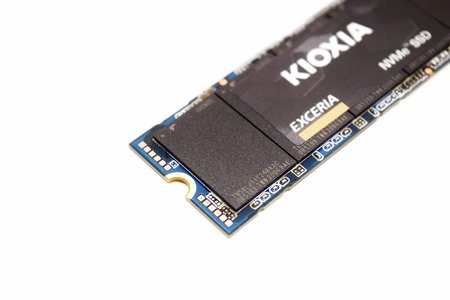 Here we find the KIOXIA quad-channel NAND controller, the 1GB DDR4 SDRAM module and 4 BiCS 96-layer 3D TLC NAND flash modules.
Here we find the KIOXIA quad-channel NAND controller, the 1GB DDR4 SDRAM module and 4 BiCS 96-layer 3D TLC NAND flash modules.
Turning the drive over we see a large sticker with the drive properties/specifications printed on it.
SSD UTILITY
The KIOXIA SSD Utility hasn't changed almost at all (in terms of functionality at least) since the RC500 days and does what most do, it allows you to check and monitor the status of the drive.
It also offers a quick benchmark in case you wish to check the speed of the drive (via the SSD tuner you can adjust the over-provisioning of the drive to boost its performance).
Of course, you can also check for firmware updates and use the advanced formating and secure erase features from the tools section (you can also set alerts and use the bootable version of SSD Utility on a USB flash drive).
The language, notifications and monitoring of the utility are all placed in the settings tab.
TEST BED
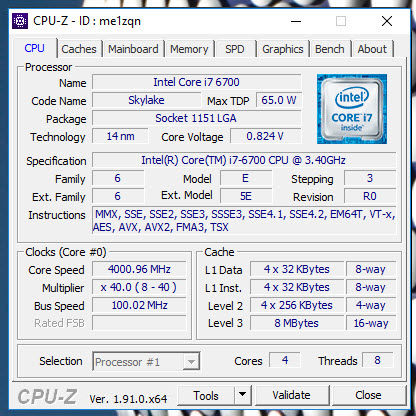

TESTING METHODOLOGY
After over 12 years of testing solid state drives, i’ve concluded that it's almost impossible for any single benchmark suite to accurately measure their performance and that's why in certain benchmark suites we see amazing read/write performance numbers with some drives while in others things are quite different. The reason behind this is that some benchmarking suites are configured to read and write random chunks of data while others read and write constant (sequential) ones. So that's why i always use a very wide selection of benchmarking suites including AIDA64, HD Tach RW, HD Tune Pro, Crystal Disk Mark, Sisoftware Sandra Pro, AS SSD, IOmeter and ATTO. To get the most accurate results each test gets repeated a total of 6 times with the average performance numbers recorded into our charts*. Also, as of February 25th 2015 our results will also include the Storage Networking Industry Association’s (SNIA) IOMeter tests. These tests include a 12 Hour write test used to “simulate” performance degradation over time and a mixed workload test which basically shows what you can expect when using an SSD continuously for roughly two hours. Unfortunately, due to the time required for these tests we repeat them a total of 3 times and not 6 as the above.
Many people have made inquiries about our charts in the past so once again please do keep in mind that the Charts have the average performance numbers of each drive recorded and not the peak (highest) ones. Also, although every single one of these programs can help potential buyers choose the right drive for their needs you should also remember that from any kind of benchmark up to real world usage the gap is not small (and usually most differences will go unnoticed by most people). All tests were performed in a fresh Windows 10 Pro x64 installation complete with every update up to the date of this review.
* Since November 2018 our SSD comparison charts have been divided to 2.5” and M.2 models to reduce their growing size.
TEST RESULTS - AIDA64 / ATTO


TEST RESULTS - HD TACH RW / HD TUNE PRO


TEST RESULTS - SISOFTWARE SANDRA PRO / CRYSTAL DISK MARK
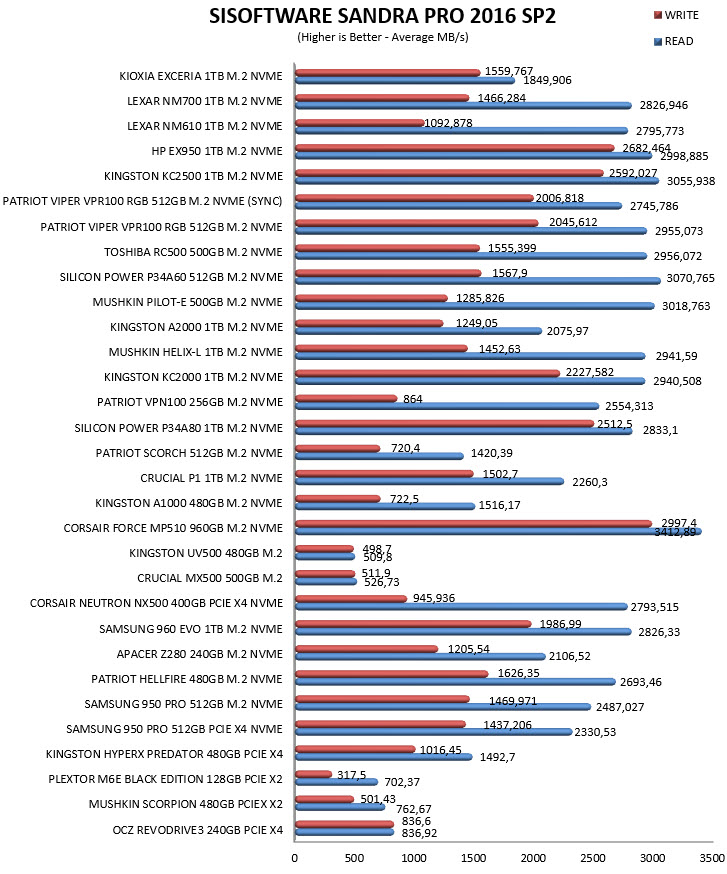

TEST RESULTS - AS SSD / IOMETER
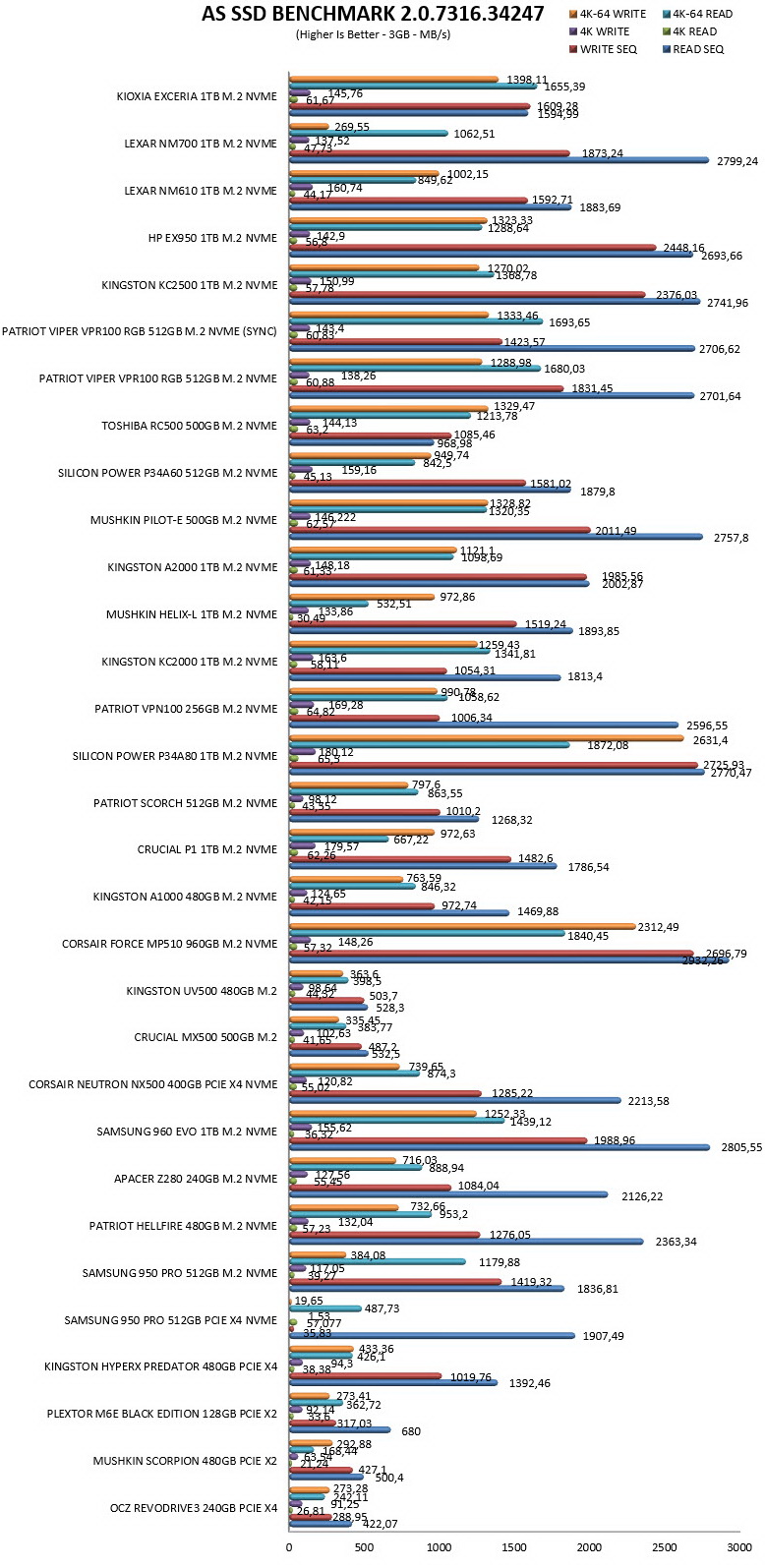
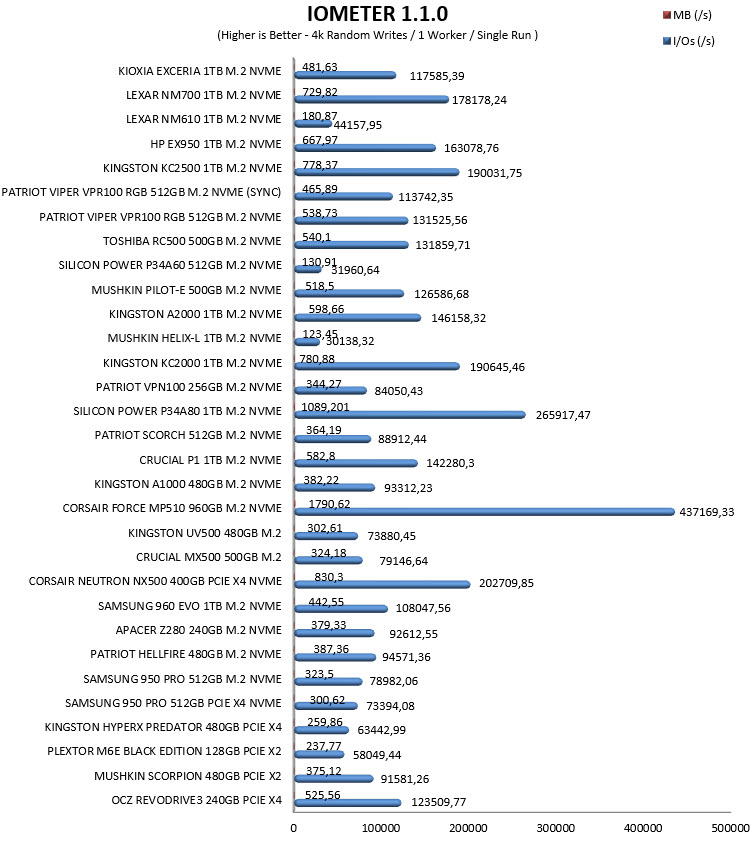
TEST RESULTS - IOMETER SNIA
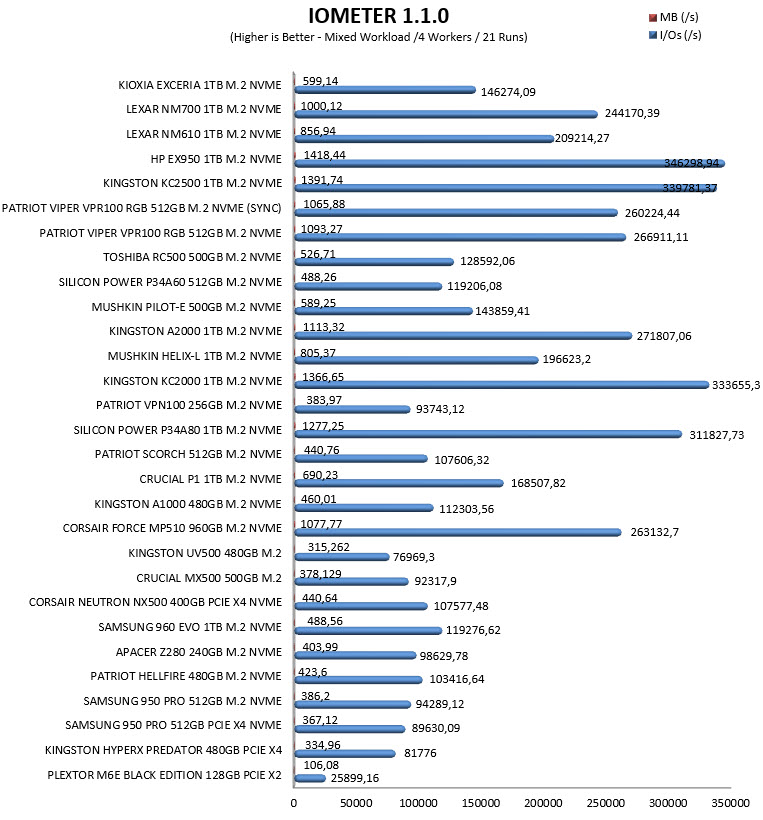
CONCLUSION
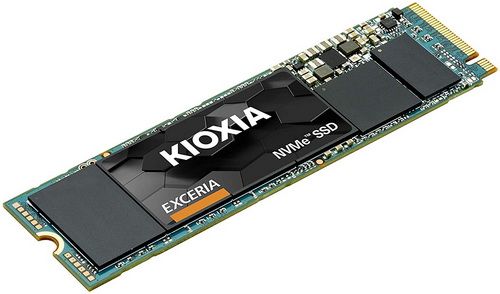
It’s clear from the charts that the Exceria M.2 NVMe 1TB SSD by KIOXIA performs significantly better than advertised (largely thanks to its Pseudo SLC cache) and by that, I mean up to roughly 3100MB/s in read and 1700MB/s in write (according always to ATTO – with AIDA64 not far behind). Yes, this performance may not last as long as it would with other higher-end models (as evident in our SNIA charts) but still these are very good numbers, for an entry-level M.2 NVMe drive that is (I’ll do my best to also get the Plus version here for a comparison).
At the time of this review the Exceria 1TB M.2 NVMe SSD by KIOXIA retails for USD226.70 inside the USA (Amazon.com) and for 166Euros inside the EU (Amazon.co.uk) a price tag which is more than what I was expecting (a lot more in the USA). This is also the sole drawback of the Exceria 1TB M.2 NVMe since you can get much faster PCIe 3.0 models for less (EX950/KC2500 – a lot less on the other side of the Atlantic). Sure, as a product the KIOXIA Exceria 1TB M.2 NVMe delivers on everything that matters for an entry-level model (or even a mid-end model at that) but it’s current price tag denies it what could had been an very interesting price/performance ratio.
PROS
- Good Performance
- Endurance (400TBW)
- 5 Year Limited Warranty
- SSD Utility
CONS
- Thermal Throttling (During Our SNIA Tests)
- Price (For Some)

 O-Sense
O-Sense





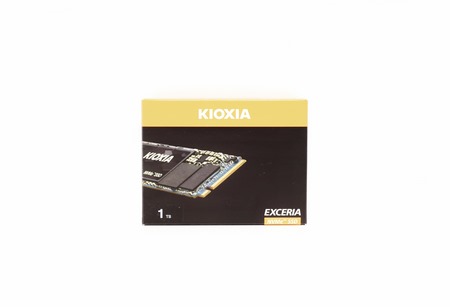
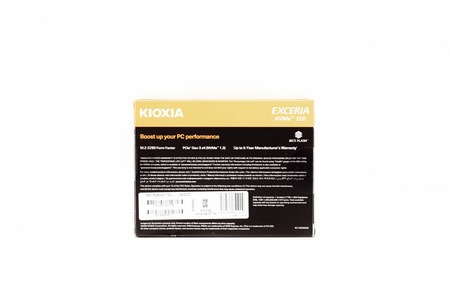
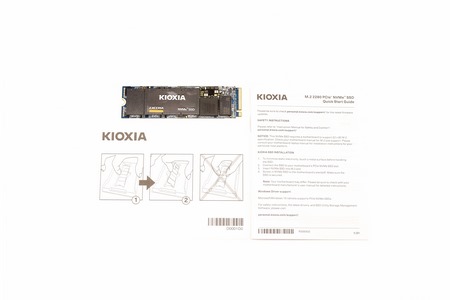
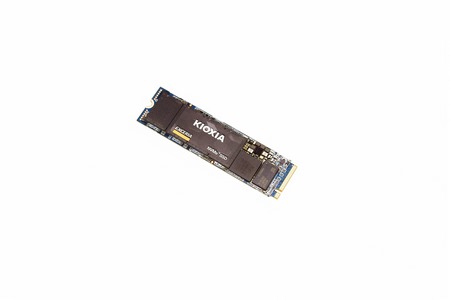
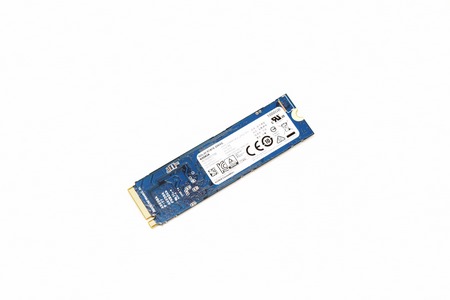
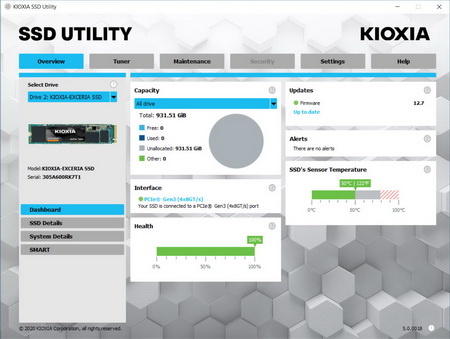
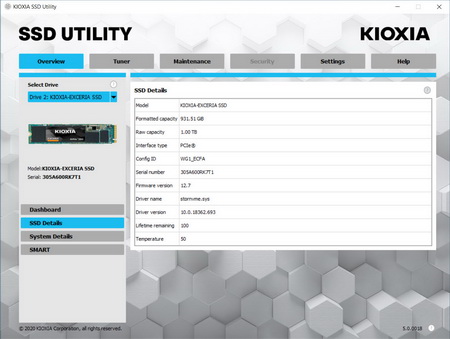
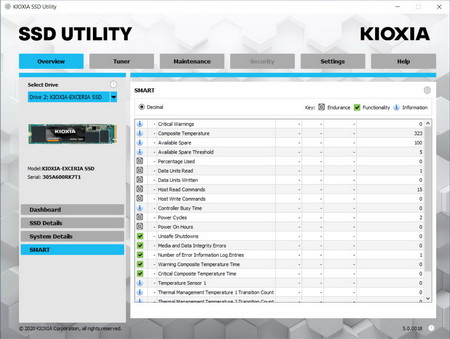
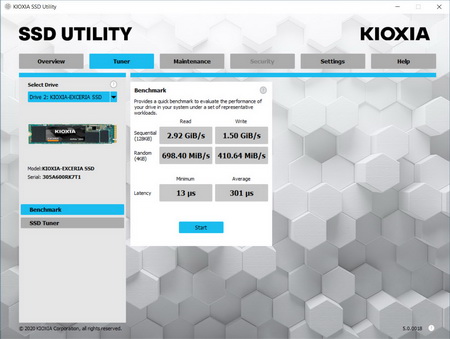
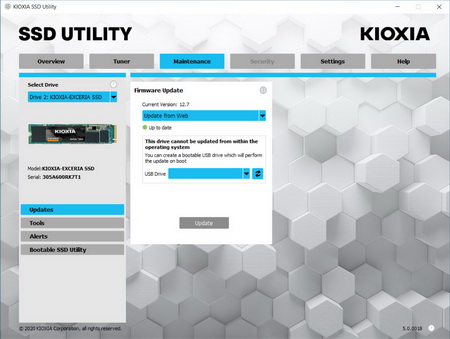
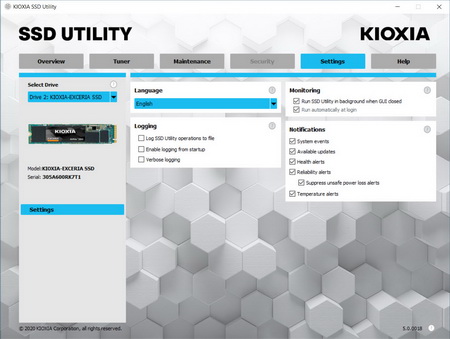
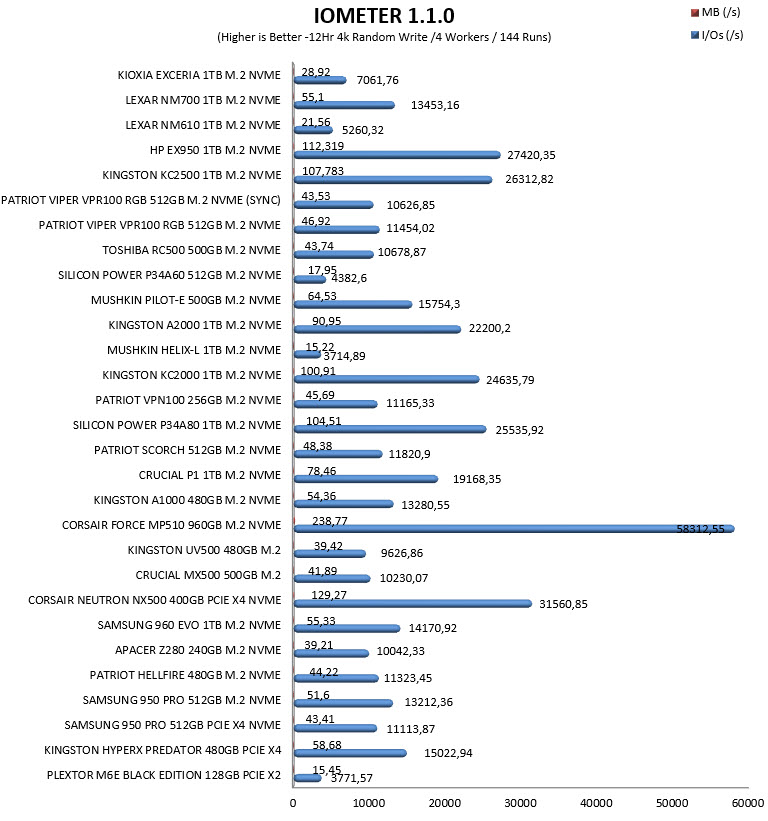
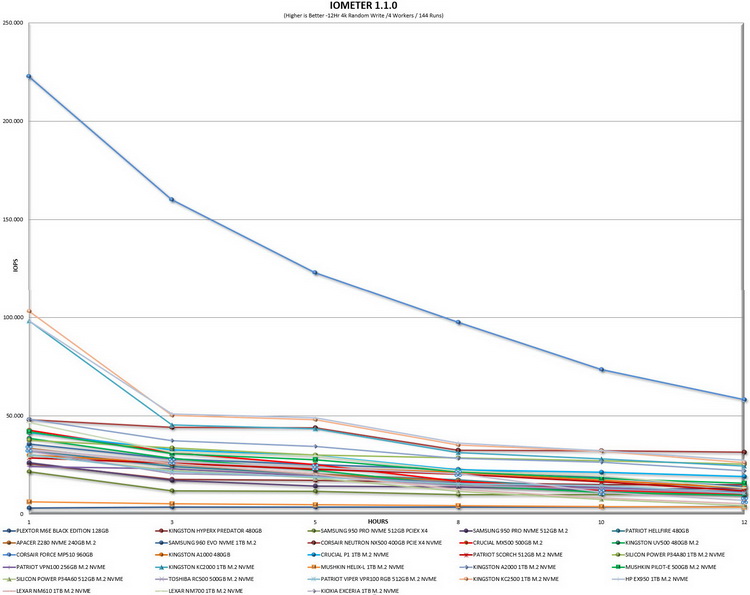


.png)

